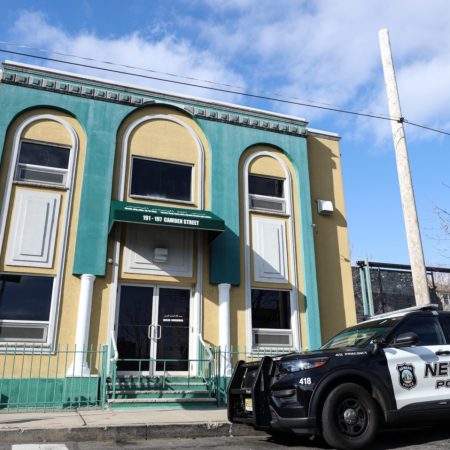The Tale of the Toll
Motorists traveling roadways faster, but can’t escape tollway rate increases
 Some motorists in Texas will be able to get where they’re going faster in 2013, but on some routes it’s going to cost them a little more.
Some motorists in Texas will be able to get where they’re going faster in 2013, but on some routes it’s going to cost them a little more.
In October, Texas set another first, becoming the first state in the nation to approve a speed limit of 85 miles per hour. It may not be warp-speed, but the 41-mile stretch of toll road on State Highway 130 between Austin and San Antonio allows the fastest speeds in the nation. Not only was that tollway the first in the state to post an 85 miles per hour speed limit, but it was also the state’s first public-private partnership transportation project that resulted in a privately financed and operated toll road. The road was built by a consortium that not only financed the project, but will also maintain the roadway in exchange for a portion of the tolls collected.
Since the federal government repealed the nationwide 55 mph speed limit in 1995, Texas joined nearly three-dozen other states to set speed limits of 70 mph or higher on some of its roadways. The Texas Transportation Commission previously OK’d speed limits of 75 miles per hour on nearly 1,500 miles of interstate highway throughout 60 counties in the state, bringing the number of highway miles zoned 75 miles per hour or higher to close to 3,600.
The higher speed limits were a result of legislation from the 82nd Texas Legislature that allowed the change if a Texas Department of Transportation (TxDOT) study in the areas in question could show an increase in the speed limit could be implemented without negatively affecting the safety of the motoring public.
But no matter how fast Texas motorists drive, they will not be able to escape increasing tolls on some tollways across the state, particularly in Central Texas. Four Central Texas toll roads will see increases in toll rates, including Texas 130. That roadway will see tolls increase 25 percent for drivers with a toll tag. Non-toll-tag-bearing motor vehicles will be charged more. Increases on toll portions of Texas 45 North and Loop 1 will nearly double.
The Central Texas Regional Mobility Authority, which operates the 183-A toll road, will up toll prices by 2 percent. And the newest toll road in Central Texas, a section of the U.S. 290 East toll road, or the Manor Expressway, which recently opened and was free for motorists, will begin charging tolls on Saturday. Drivers with a TxTag will pay 50 cents to use the newly opened Phase 1 of the expressway. Drivers with a TxTag who use the flyover bridges between US 183 and the Manor Expressway will pay an additional 50 cents. There will be no cash tollbooths on the Manor Expressway. Drivers without a TxTag will be sent a bill in the mail.
In Central Texas, Austin-area toll roads are converting to an all-electronic payment system. TxDOT officials say switching to the electronic payment system will save the agency $5 million in the first year.
No matter how fast you’re driving on a toll road, purchasing a TxTag will save you from paying a 25 percent higher toll. Motorists who do not have a TxTag will receive a monthly bill in the mail with toll charges, plus a $1.15 statement fee. This system uses video capture of vehicles’ license plates, matches the license plate with the vehicle owner’s address and mails a statement to the owner. Toll road users can pay their bill online, mail their payment or pay in person at the TxTag Customer Service Center.
“The state-of-the-art equipment on Central Texas toll roads allows us to accurately assess toll charges for every vehicle, so all motorists can enjoy the benefit of the open road without needing to stop to pay,†said Doug Woodall, TxDOT Toll Operations director. Already, drivers are seeing the advantage of paying with a TxTag, which provides them a substantial discount on tolls throughout the state.â€
15-4













2013
1,255 views
views
0
comments